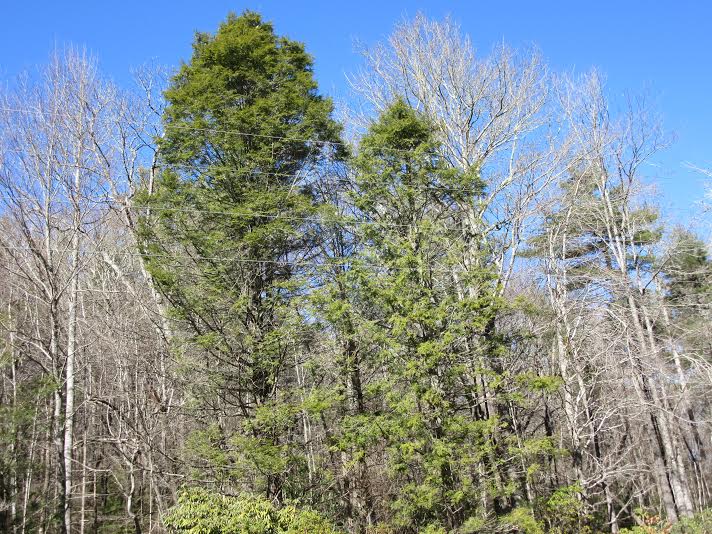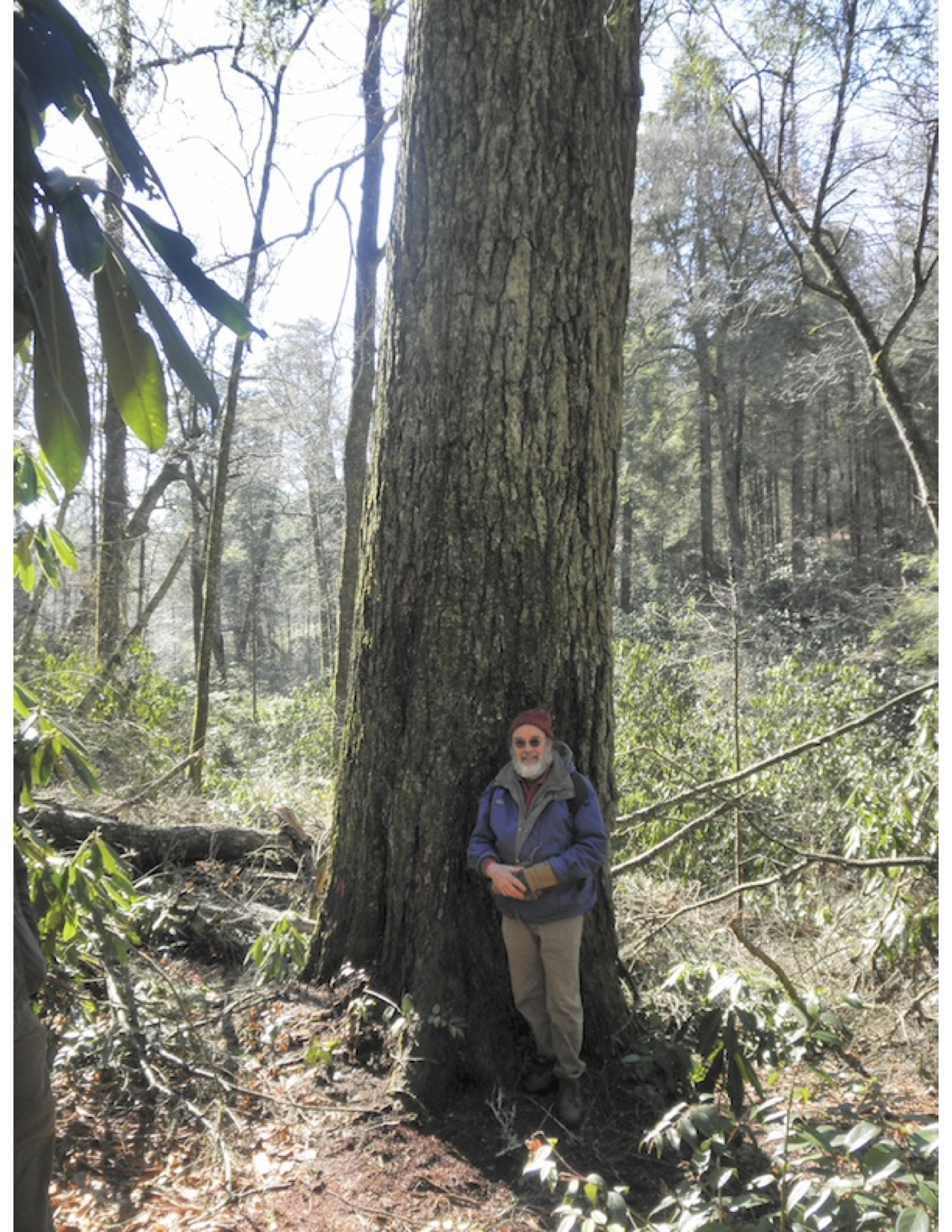About Us
About Saving Hemlocks
Saving Hemlocks originated in 2006 to promote biological control of HWA by local land trusts, community groups and landowners. And now, some 15 years and 100+k predator beetles later, we are seeing the restoration of native hemlock ecosystems across the Southeastern US. Here is our story:
I retired from research and teaching (Demography & Ecology, University of Georgia) to live on and enjoy the natural wonders of a watershed property in the Western North Carolina mountains. Although I had some research experience in human health interventions, I had no intention of getting involved in an environmental intervention program for hemlocks! But in 2003 I began to recognize the presence and impact of HWA on local hemlocks. And after a limited (and very expensive) chemical intervention on a handful of trees in 2004, I began looking carefully at the research literature on hemlock woolly adelgid control, searching for a way to implement biological control of HWA for our entire 150 acre property. Here is a review of some important research on biological control of HWA.
By 2006, when I first encountered a commercial source for the HWA predator beetle Sasajiscymnus tsugae (the native predator for our HWA “import” from Japan), most hemlocks on the property were 60-90% defoliated. Drawing on field and laboratory research reports from CAES researchers in CT, I began experimenting with low-density predator beetle release strategies that would be applicable to private releases. (USDA/USFS have released millions of Sasajiscymnus tsugae beetles on selected federal and state lands, but that scale is not viable for private landowners.) These USDA/APHIS-approved predators are specialists. They only feed and reproduce on adelgids, so they do not threaten other insects.
Over the last decade I have followed the exciting scientific discoveries by USDA researchers mapping the genetic profiles of the many different HWA strains and examining the implications for biological control of HWA. This genetic analysis, by Nathan Havill and associates, has not only identified the origin of our HWA strain, which was imported to the eastern US from southern Japan. It has also provided a scientific basis for a historical examination of this introduction, including the date (1910-15), mode ( Japanese landscape conifers) and locations (4 Gilded Age Garden sites in the eastern US.) Learn more about this historical research.
I have used this scientific knowledge to encourage a wide range of private, community and environmental groups in Western North Carolina to purchase and release predator beetles that are appropriate to our specific HWA import. This website is intended to expand the scope of this outreach effort to all who have experienced or will experience the “HWA onslaught”. I have been personally involved in the release of over 100,000 St/Sasi predator beetles in the Southeast, and I have motivated a comparable number of DIY releases by private and public landowners. Learn more about community-based interventions to control HWA.
But my proudest environmental intervention has been my “Johnny Beetleseed” campaign here in the Southern Appalachians, driving down mountain roads in search of wild hemlocks that need help, and then releasing 25-50 beetles at each (nonresidential) site. I have completed over 12 years of such releases, covering hundreds of miles of roadways (in NC, SC, TN, KY and GA), as well as the westernmost 60 miles of the Blue Ridge Parkway (from Mt Pisgah to Cherokee, NC). And as a result, I now have the joy of seeing hemlock restoration underway – everywhere that I drive, including the example below from a 2007 release just up the road, outside the Gorges State Park in Sapphire, NC.
This demonstrates that it is not too late to intervene to protect your local hemlocks and hemlock ecosystems. But your action is required to prevent the destruction of all our hemlocks!
To reinforce that point, below is Patrick with an old growth hemlock – Cheoah, which is the largest surviving Tsuga canadensis in the eastern US. Cheoah is recovering under the care of the Highlands/Cashiers Land Trust with the help of an IPM program including Sasajiscymnus tsugae, released on an adjacent site by USFS and subsequent chemical applications.
Onward and Upward


